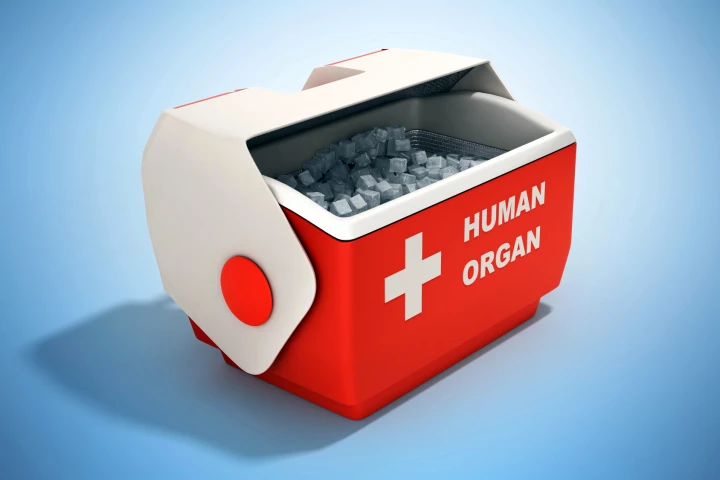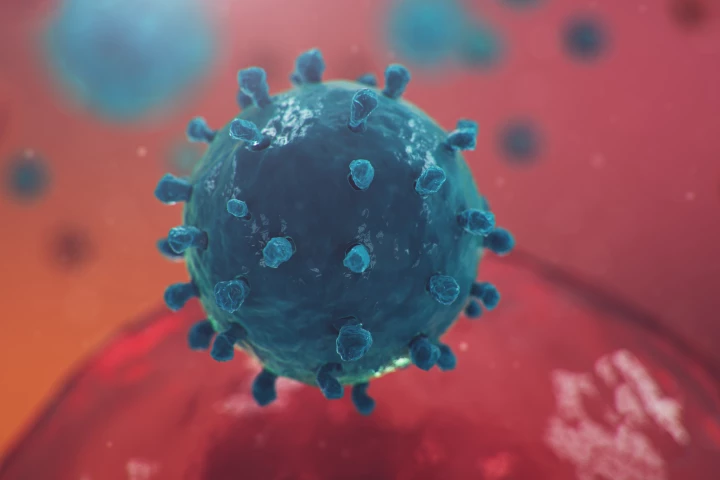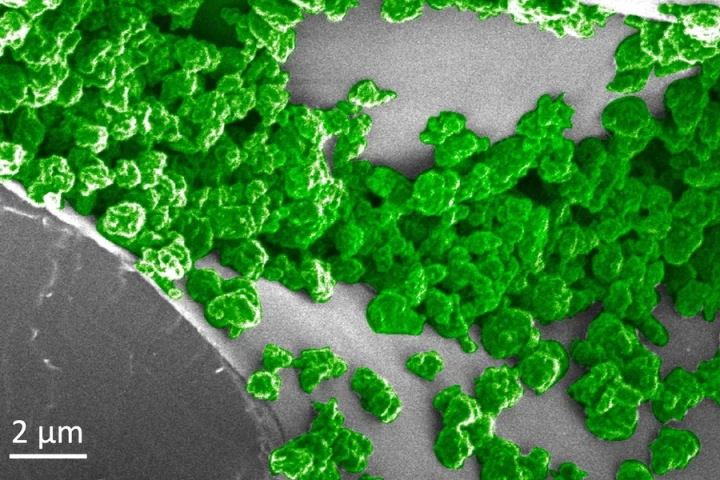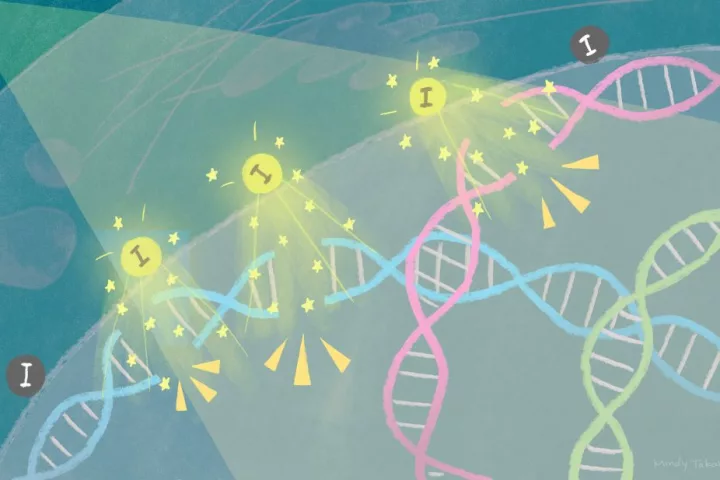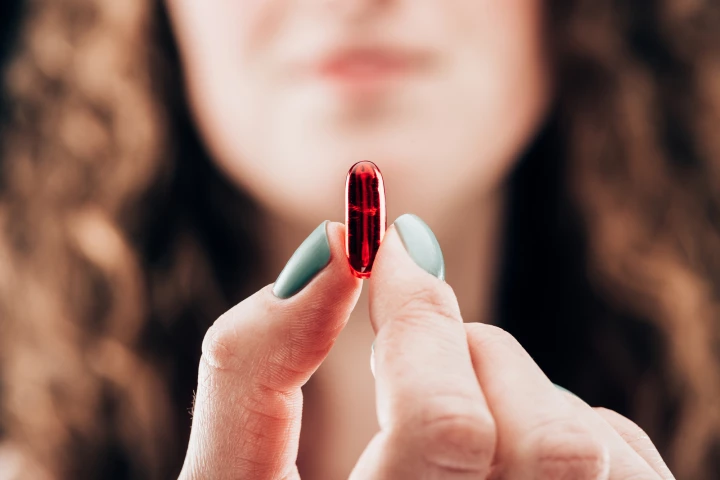Nanoparticle
-
Sticky plaques building up on the walls of your blood vessels can lead to heart attacks and strokes. Now, a new nanoparticle infusion therapy has been found to break down these plaques safely in tests in pigs.
-
A new two-step process that safely rewarms frozen tissues using nanoscale magnetic rods could preserve donor organs long-term. The procedure provides an alternative to current time-limited methods and paves the way for more life-saving transplantations.
-
The Disney-esque hues on bluespotted ribbontail rays come from a unique arrangement of nanostructures, say researchers. The findings, along with those gleaned from studying blue sharks, could help lead to new chemical-free color techniques.
-
As recent history proves, airborne respiratory infections are not to be trifled with. Now, a new sprayable coating applied to standard air filters might give us a leg up in the war against the pathogens that cause these diseases.
-
In an effort to mitigate human-caused climate warming, scientists are focused on ways to remove carbon dioxide from the atmosphere. One of the more novel ways to do this has just been announced by scientists employing a smart dual-method process.
-
Researchers have designed a new nanoparticle that was shown to more effectively deliver a cancer-fighting mRNA vaccine to mice. The study’s results may lead to the development of better vaccines to treat cancer and infectious diseases like COVID-19.
-
Researchers at Caltech are reporting preclinical success with a universal coronavirus vaccine. The vaccine uses mosaic nanoparticle technology to protect not only against SARS-CoV-2 but also the original SARS, and several common cold coronaviruses.
-
Researchers at the Tokyo University of Science have demonstrated a low-cost and highly promising form of nanoparticle technology, using corn and water as a starting point for a novel "bionanoparticle" that suppresses tumor growth in mice.
-
A decent chunk of energy usage goes towards lighting, so scientists at MIT are developing a new kind of passive lighting – glow-in-the-dark plants. In the latest experiments, the team made them glow brighter without harming their health.
-
Radiotherapy is one of the best treatments we have against cancer, but there's room for improvement. Now, researchers in Japan have developed nanoparticles that can penetrate tumors and kill them from within, after being activated by external X-rays.
-
An oral pill would be much easier for diabetics than daily insulin injections. An experimental new method for packing insulin into capsules helps it survive the trip through the stomach to the bloodstream, and releases its payload only when needed.
-
Stanford scientists have developed a new hydrogel with a Velcro-like molecular structure, letting it last longer at body temperature. The hope is that it could be injected into a patient to deliver drugs over weeks or months as it slowly dissolves.
Load More

